From Pixels to Wireframes: 3D Reconstruction via CLIP-Based Sketch Abstraction
Date:
The project explores a novel approach to abstracting 3D surfaces into wireframe-like representations by leveraging CLIP-based semantic guidance and Bézier curve parameterizations. The project website can be found at this link.

Project Structure
clipasso3d/
├── CLIP_/
├── data/
├── notebooks/
├── source/
├── .gitignore
├── .gitmodules
├── README.md
└── requirements.txt
Setup & Installation
Clone the repository:
git clone --recurse-submodules https://github.com/tarhanefe/clipasso3d.git
cd clipasso3d
Create a new Conda environment with python version 3.10:
conda create -n 3dsketch python=3.10 -y
conda activate 3dsketch
Install Pytorch for Cuda version 12.1:
pip install torch==2.5.1 torchvision==0.20.1 torchaudio==2.5.1 --index-url https://download.pytorch.org/whl/cu121
Install library requirements:
pip install -r requirements.txt
How to Use ?
1- Trial Notebook
Use WireframeTrial.ipynb notebook inside the notebooks folder to interactively examine the training process and obtained results.
2- Run file
cd clipasso3d
python run.py \
--data_name rose \
--save_dir training_frames \
--output_gif training_evolution.gif \
--batch_size 1 \
--epochs 10 \
--inner_steps 30 \
--learning_rate 0.005 \
--n_curves 25 \
--thickness 0.02 \
--radius 0.8 \
--length 0.02 \
--overlap 0.6 \
--clip_weight 1.0 \
--clip_conv_loss 1.0 \
--clip_fc_loss_weight 0.1 \
--clip_conv_layer_weights 0 0 1.0 1.0 0.0 \
--gif_fps 120 \
--rotation_time 6.0 \
--revolutions 3.0 \
--output_semigif semihelical.gif
where
🔧 Argument Descriptions
| Argument | Description |
|---|---|
--data_name | Name of dataset folder inside ../data/ (e.g., rose). |
--save_dir | Directory to save per-batch visualization frames. |
--output_gif | Path to save the training evolution GIF. |
--batch_size | Number of images processed per training batch. |
--epochs | Number of training epochs. |
--inner_steps | Inner optimization steps per batch. |
--learning_rate | Learning rate for Adam optimizer. |
--n_curves | Number of Bézier curves initialized in the scene. |
--thickness | Radius (thickness) of each rendered curve/sphere segment. |
--radius | Distance from the scene center to place initial curve points. |
--length | Length of the each initial curve segment. |
--overlap | Degree of allowed overlap between nearby spherical gaussians on a curve. |
--clip_weight | Total CLIP loss weight. |
--clip_conv_loss | Weight of the convolutional CLIP loss. |
--clip_fc_loss_weight | Weight of CLIP’s final-layer (semantic) similarity loss. |
--clip_conv_layer_weights | Weights for each CLIP convolutional layer (ViT-B/32 has 5 layers). |
--gif_fps | Frame rate (FPS) of generated GIFs. |
--rotation_time | Duration (in seconds) of 3D camera rotation in the fly-around GIF. |
--revolutions | Number of full revolutions in the semihelical fly-around. |
--output_semigif | Output path for the 3D rendered semihelical GIF animation. |
Examples
The plant
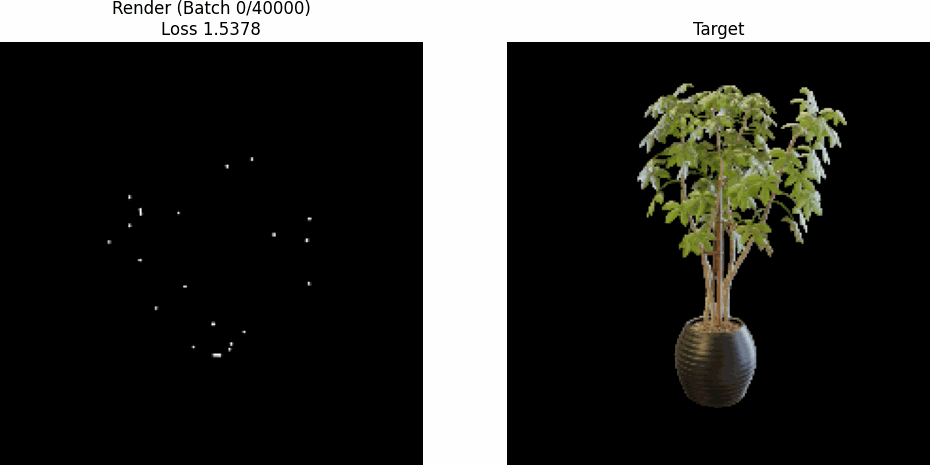 Training of the Model |  Model w/ 3D Plant Model |  Model w/ Ground Truth Plant |
The rose
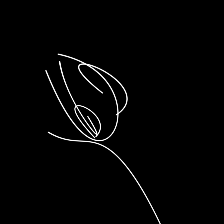 Model w/ 5 Curves |  Model w/ 10 Curves |  Model w/ 15 Curves |
 Model w/ 20 Curves |  Model w/ 25 Curves | 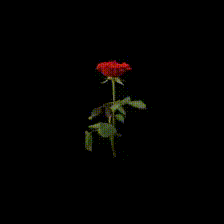 Ground Truth Scene |
The duck
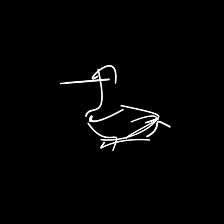 Model w/ 0.02 Thickness | 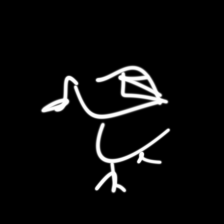 Model w/ 0.04 Thickness | 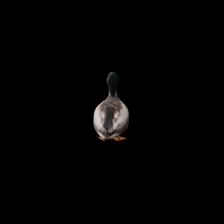 Ground Truth Scene |
</table>
